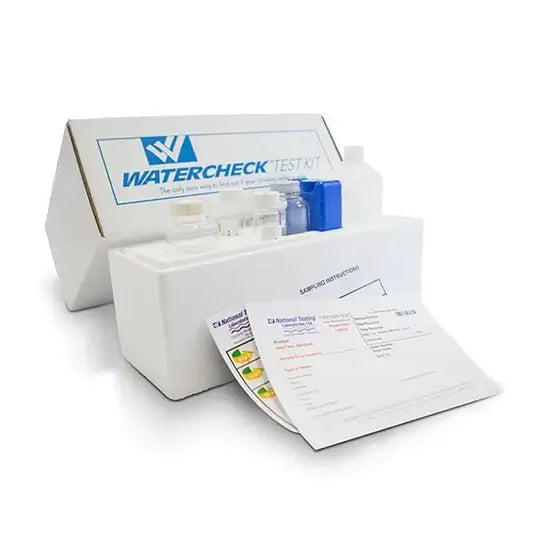A residential well system delivers water straight from the earth to your tap, giving you total independence from municipal supplies. The trade-off? You, not the city, are responsible for testing and treatment. Below you’ll learn how a well works, what components it needs, and how to keep that hard-earned water clean for years to come.
How Well Water Systems Work
A well system moves groundwater from an underground aquifer and distributes it throughout the home. Three core steps:
- A well pump lifts water from the aquifer.
- A pressure tank stores water and keeps flow steady.
- A filtration or conditioning unit removes sediment, bacteria, and minerals before water reaches your faucets.
Main Components of a Well System
- Well casing – Stabilizes the borehole and blocks contaminants.
- Well screen – Lets water in, keeps sediment out.
- Well pump – Jet pumps for shallow wells; submersible pumps for deep wells.
- Pressure tank – Maintains even water pressure inside your plumbing.
- Water filter/softener – Targets iron, sulfur, hard-water minerals, or bacteria.
Types of Well Water Systems
Shallow Wells
- Less than 50 ft deep
- Use jet pumps
- High water tables—quicker to drill but easier to contaminate
Deep Wells
- 100 ft or deeper
- Use submersible pumps
- More stable supply; better protection from surface runoff
How a Well System Is Installed
- Site survey pinpoints the safest drilling spot.
- Drilling reaches the aquifer; casing and screen go in.
- Pump and pressure tank are plumbed to the house.
- System is shock-chlorinated, flushed, and lab-tested for safety.
Common Well System Problems & Solutions
| Problem | Possible Cause | Solution |
|---|---|---|
| Low water pressure | Clogged pipes or faulty pressure switch | Clean pipes, adjust or replace switch |
| Cloudy water | Sediment buildup | Replace screen, add sediment filter |
| Bad smell or taste | Iron, sulfur, or bacteria | Install iron/sulfur filter or shock-chlorinate well |
Benefits of a Residential Well System
- Full independence from municipal supplies
- No monthly water bill
- Naturally filtered, chlorine-free water
- Lower environmental footprint than city infrastructure
Conclusion
A properly drilled, filtered, and maintained well can deliver crisp, clean water for decades. Test annually, service pumps on schedule, and your private supply will pay dividends for years.
Q: How does a well water system work?
A pump lifts groundwater into a pressure tank; the tank sends pressurized water through household plumbing.
Q: What is a well pump?
A mechanical pump—jet for shallow wells or submersible for deep wells—that moves water from the aquifer to your pipes.
Q: How often should well water be tested?
At least once a year for bacteria, minerals, and contaminants—or after flooding, plumbing work, or noticeable taste changes.
Q: What are the benefits of a private well system?
Independence from city water, lower monthly costs, and naturally chemical-free water—when properly filtered.








